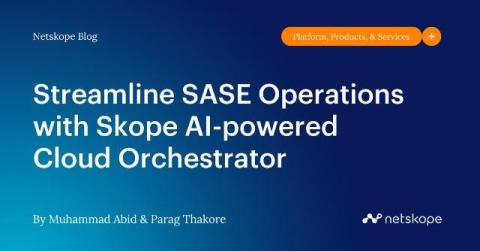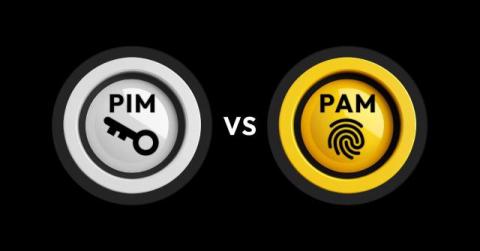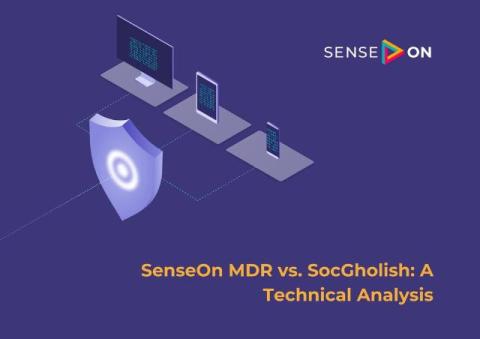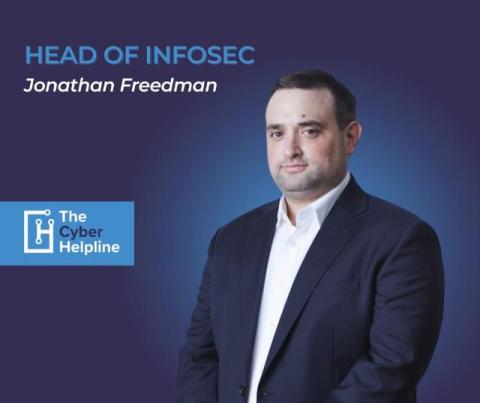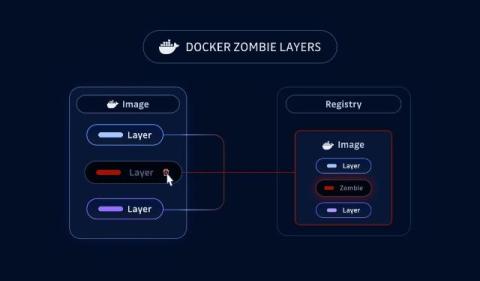The Rise of Student-Powered Security Operations Centers (SOCs)
In today's digital age, the prevalence of cyber attacks has become a major concern for organizations across various industries, with higher education institutions particularly vulnerable. As the volume and complexity of cyber threats continue to escalate, there is a growing need for innovative solutions to bolster cybersecurity defenses.





